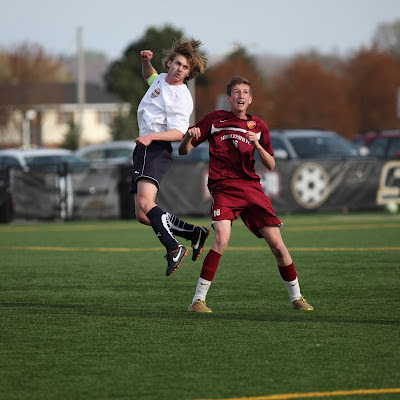I've been reading up lately on using flash units to modify available light. This, of course, is what all artificial light photography does whether it's studio strobes, flood lighting, flash units or a camera's built in flash. How you can use the artificial light varies greatly depending on what tools you're using.
The DSLRs I'm currently using do not have built in flashes. I shoot mostly outdoors or on location so I'd have little use for studio strobes or floods which need either AC power or large battery packs. And, I really don't know how to use them anyway. Maybe someday.
So that leaves flash units. Modern flash units work seamlessly with the cameras they're attached to and several units can be used together, all controlled by the camera's menu system and/or the main flash attached to the camera. A wireless controller which isn't a flash can also be attached to the camera to coordinate remote flash units.
Canon calls their system of flash units Speedlites. You can see what their lineup of Speedlites and accessories consists of on their web site
here.
In addition to providing extra light for indoor photography, flash can be used to even out lighting in a harsh outdoor environment. I was taking pictures prior to a prom last weekend on a very sunny day in the late afternoon. The lighting choices were bright sun, shade with sunny background or backlighting from the sun. Flash was vital to fill in shadows and provide light in shade.
Here are two similar shots, the first without flash and the second with a Canon 430EX II Speedlite on the camera:
 |
| Canon EOS 5D Mark II, EF 24-70 f/2.8L USM at 45mm, f/5.6, 1/250 sec., ISO 100 |
 |
| Canon EOS 5D Mark II, EF 24-70 f/2.8L USM at 58mm, f/5.6, 1/200 sec., ISO 100 |
In this photograph, the shade took care of the harsh sun on the subjects but without flash, if the subject were properly exposed, the background would be totally washed out.
 |
| Canon EOS 5D Mark II, EF 24-70 f/2.8L USM at 55mm, f/5.6, 1/160 sec., ISO 100 |
And finally, in a backlighting situation, flash is needed to, again. light the subject and prevent blowout of the backlit highlights in the hair.
 |
| Canon EOS 5D Mark II, EF 24-70 f/2.8L USM at 70mm, f/5.6, 1/100 sec., ISO 100 |
Yes, I realize there's distracting background. With over 100 people milling about it was difficult to catch just the right moment.




















